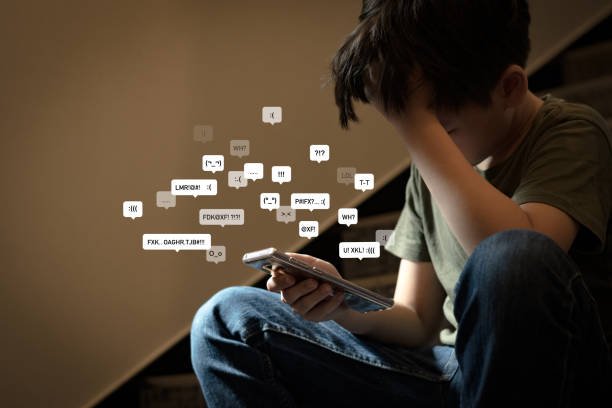FIVE Types of Cyberbullying that can take place on Social Media
Skip to content
Skip to footer
FIVE Types of Cyberbullying that can take place on Social Media
FIVE Types of Cyberbullying that can take place on Social Media

